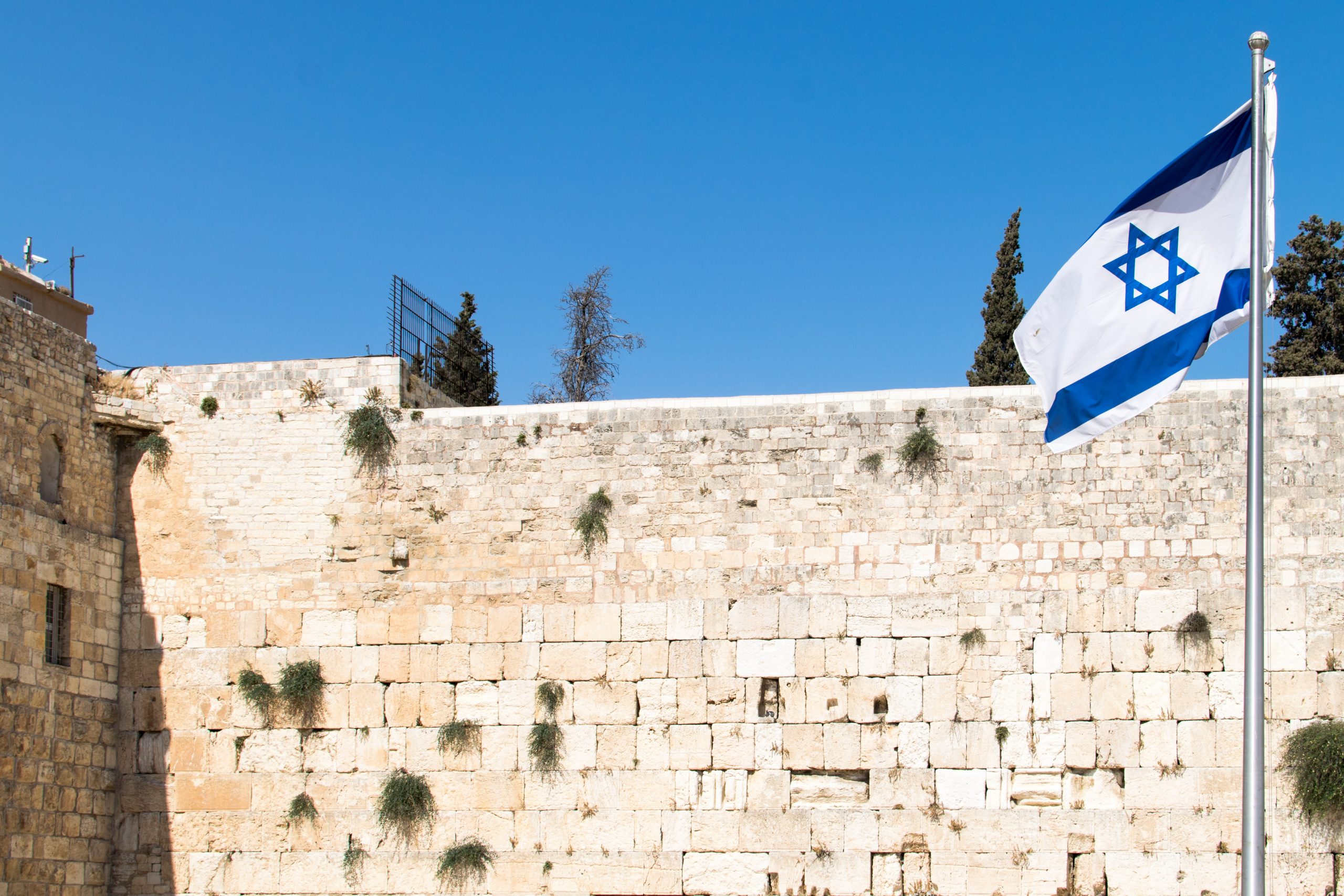
Chris Lange, FISM News
[elfsight_social_share_buttons id=”1″]
Archeologists believe they have found a first-of-its-kind depiction of the mysterious Balm of Gilead referenced in the Bible just outside the City of David (ancient Jerusalem). The rare artifact – a semi-precious stone ring bearing a seal etched with a branch and fruit – was unearthed deep below a 2,000-year-old drainage ditch, according to CBN News. Experts say the seal dates back to the Second Temple times, between 516 BC and 70 AD.
“It is a stone seal made of semi-precious amethyst stone with an engraving of a dove and a branch of a tree with fruit on the branch,” said Eli Shukron, former archeologist of the Israel Antiquities Authority.
The branch and fruits depicted in the engraving differ significantly from other seals found dating back to the same period, according to Shukron.
“Once we found the seal with the branch and the fruit, we hypothesized that it was the biblical persimmon fruit plant as mentioned in the Bible and in the sources of the Second Temple period and the Byzantine period,” Shukron said, adding that the persimmon tree referenced in Scripture is not related to the modern-day, orange-colored persimmon fruit.
Shukron described the unprecedented discovery: “Jerusalem’s primary drainage channel was built under the pilgrimage road. The pilgrimage road started from the Pool of Siloam in the City of David and went up to the Temple on the Temple Mount of the Second Temple period. Apparently, this ring with the seal fell into the drainage ditch 2,000 years ago.”
The Balm of Gilead is first mentioned in Scripture in Genesis 37:25 after Joseph’s brothers threw him into the pit. Additional references to the tree are found in Jeremiah 8:22 and 46:11. In ancient times, Balm of Gilead was also known as bosem and balsam. The tree was valued for its medicinal and cosmetic purposes and was one of the more costly ingredients used in temple incense.
According to The Israel Bible, ancient historian Josephus wrote that the original Balm of Gilead was gifted to King Solomon by the Queen of Sheba. The tree’s disappearance coincides with the destruction of the Second Temple in 70 AD.
Following the remarkable discovery, Shukron knew there was one person he had to see. Guy Erlich spent years researching the botany and history of the Holy Land with the objective of reintroducing biblical agriculture and rediscovered the lost tree. Today, he is the only one in the country growing the exotic persimmon of Scripture. With this in mind, Shukron brought the ring to Erlich, who immediately recognized the branch and fruit in the etching.
“I see here a branch of the biblical persimmon plant, the Balm of Gilead. It’s just amazing!” he said. “Someone took a branch of the Balm of Gilead and drew it on the stone. It does not remind me of any other plant I know. This is the same persimmon that is identified with the biblical persimmon.”
Erlich says the ancient persimmon was the first ingredient in Temple incense and served “as the anointing oil of the kings and priests.”
Today Erlich boasts 10,000 Balm of Gilead trees on his farm located near the Dead Sea and also grows frankincense and myrrh.
He describes the discovery of the ring as “stunning,” telling Shukron, “what you have brought me now is really a greeting from history.”
